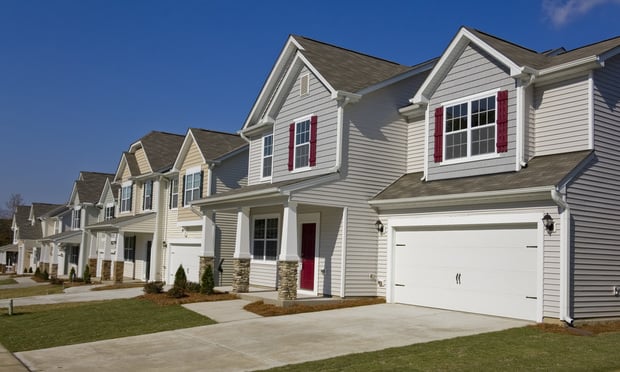There is no shortage of research to highlight the growth of flexible space on the office market. JLL, for example, recently noted in its publication The Investor that flex space could increase by more than 25% in 2018 after rising 29% in 2017. Furthermore it is not just tenants and landlords that are taking note of the flexible space story: As it becomes more mainstream, lenders and investors are starting to see the benefits of moderate exposure to flex space as part of a well-diversified tenant roster, according to Alex Colpaert, Head of Offices Research at JLL EMEA. In short, as JLL wrote, buildings with a high percentage of flexible space are increasingly seen as viable investment propositions.
Recommended For You
Want to continue reading?
Become a Free ALM Digital Reader.
Once you are an ALM Digital Member, you’ll receive:
- Breaking commercial real estate news and analysis, on-site and via our newsletters and custom alerts
- Educational webcasts, white papers, and ebooks from industry thought leaders
- Critical coverage of the property casualty insurance and financial advisory markets on our other ALM sites, PropertyCasualty360 and ThinkAdvisor
Already have an account? Sign In Now
*May exclude premium content© 2025 ALM Global, LLC, All Rights Reserved. Request academic re-use from www.copyright.com. All other uses, submit a request to [email protected]. For more information visit Asset & Logo Licensing.









